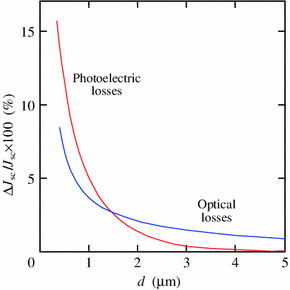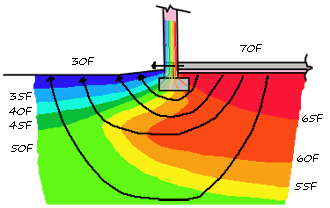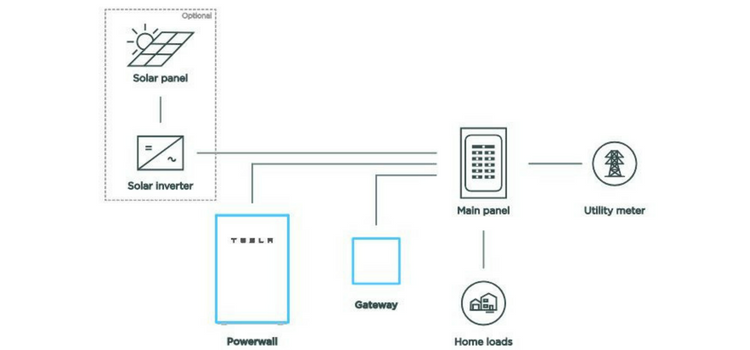Solar panel efficiency is a measure of the amount of solar energy irradiation which falls on a panel surface and is converted into electricity.
Standard solar panel loss coefficient.
Most solar panels have a temperature coefficient of around 0 3 c to 0 5 c.
Use the solar panel s warranty to compare output loss over time because that is the only output you are guaranteed.
Solar panels have been consistently increasing in efficiency at about 5 annually since 2010.
Most panels have a temperature coefficient of between 0 2 c to 0 5 c when tested under standard laboratory conditions where ambient temperature is set to 25 c.
For example sunpower s solar panels all have a temperature coefficient of 0 37 c.
To determine the operating efficiency as opposed to the ideal efficiency of your solar panels subtract the temperature of your solar panel from the stc temperature of 25 c then.
Or in other words 40 watts are lost with time.
What this means is that for every 1 c above 25 c sunpower s solar panels decrease in efficiency by 0 37.
For example the temperature coefficient of a panasonic hit 330w n type 96 solar panel is 258 per 1 degree celsius.
Is used is that this is the standard test conditions in which all solar panel ratings are worked out.
Stc stc is the standard test condition temperature where the module s nameplate power is determined.
The closer the temperature coefficient is to zero the better the panel will perform when the temperature rises.
The gap between these two types of modules is around 2 in cooler weather but grows to about 4 at higher temperatures.
For example a solar panel of 200 watts will produce 80 of 200 160 watts in the 25th year from now due to degradation reversible and irreversible degradation with time.
The highest efficiency solar panels on the market today can reach almost 23 percent efficiency.
Due to the many recent advances in solar cell technology over the last 5 years average panel conversion efficiency has increased from 15 to 20.
Factors that affect solar panel efficiency.
Mean losses for solar panels having a temperature loss coefficient of 0 30 0 05 blue and 0 45 0 05 orange respectively at different temperatures.
So for every degree above 25 c the maximum power of the panasonic solar panel falls by 258 for every degree below it increases by 258.
So if your panels are at 35 c 95 f and have an overall efficiency of 17 then their true efficiency at that temperature will be closer to 16 4.
The average efficiency of solar panels falls between the 17 to 19 percent efficiency range.
One solar panel from 1979 was tested in 2010 after 30 years and its output was better than the.
It tells you how much power the panel will lose when the temperature rises by 1 c above 25 c.
Realistically expect less than a 3 decrease in output the first year and about 5 decrease per year after that for most panels.
The very best panels such as sunpower and panasonic claim a temperature coefficient around 30.
And a standard polycrystalline panel usually has a temperature coefficient around 41.


































